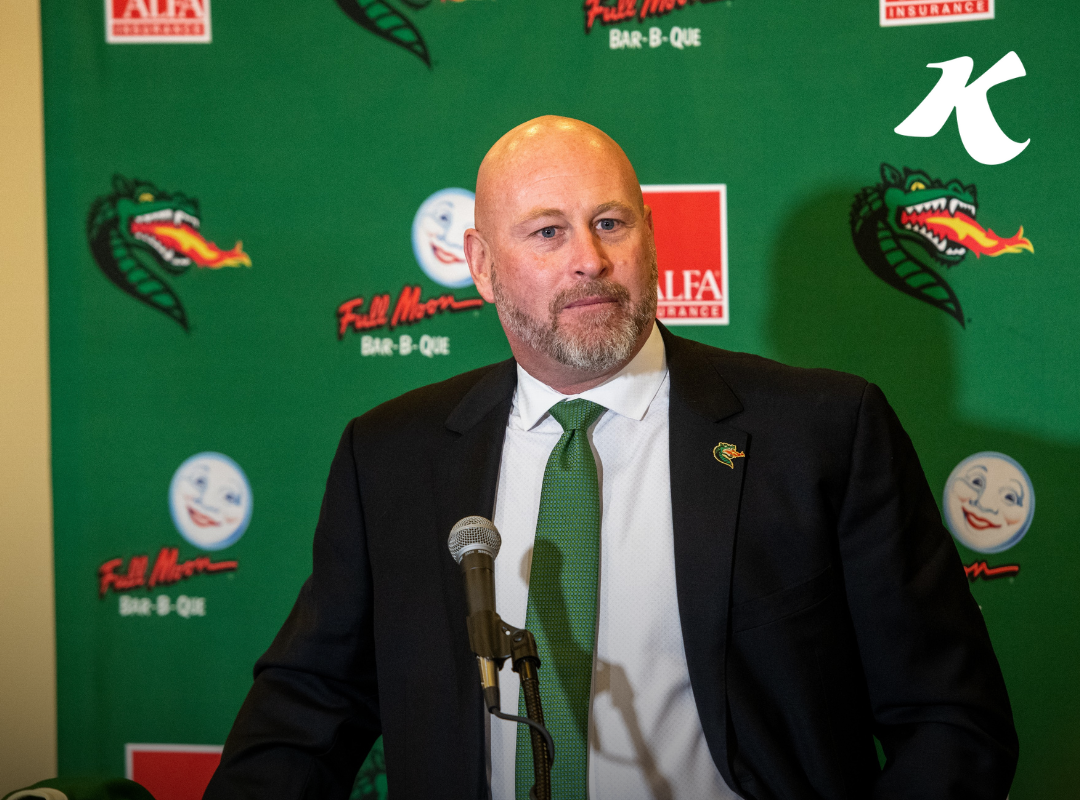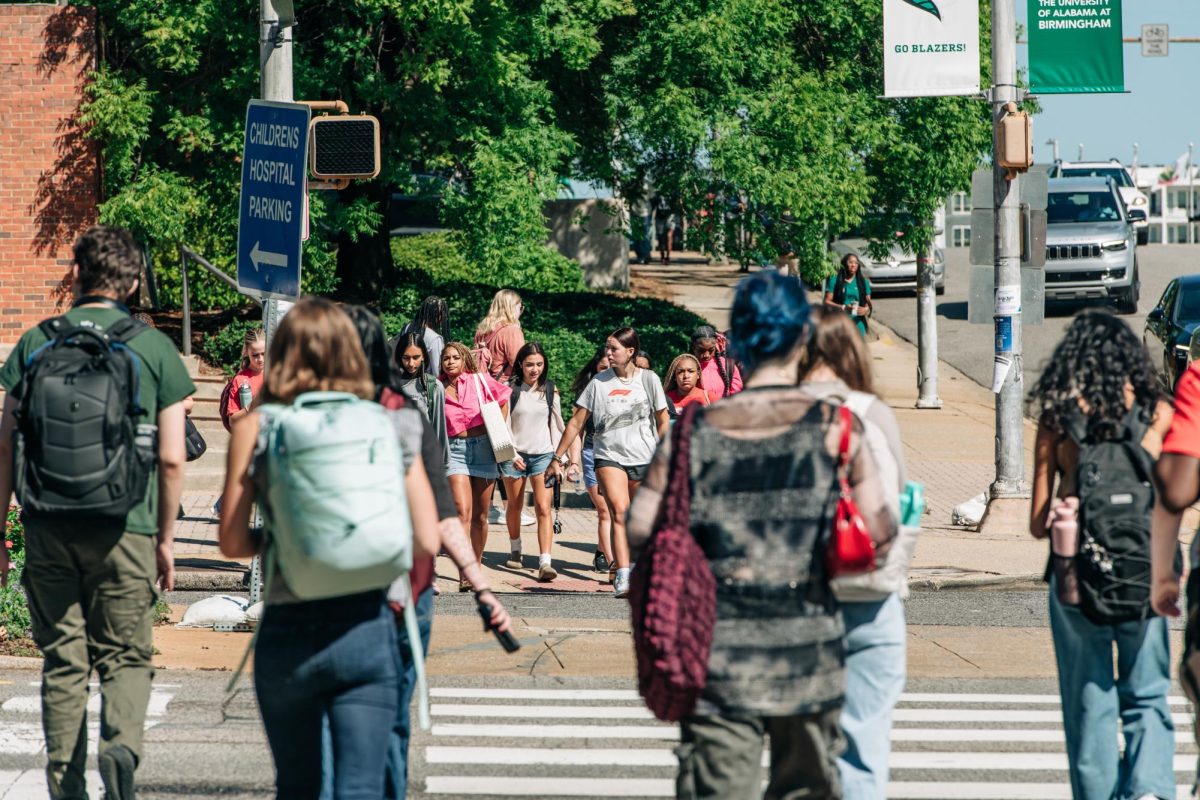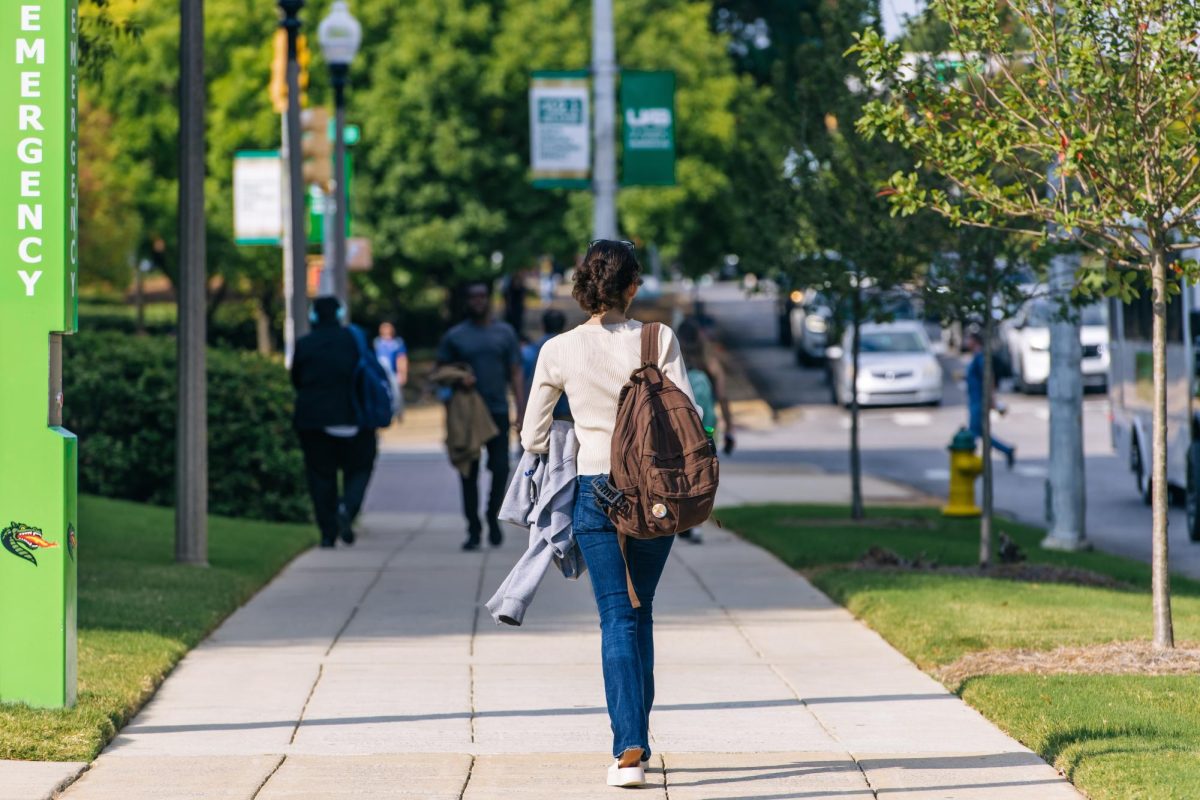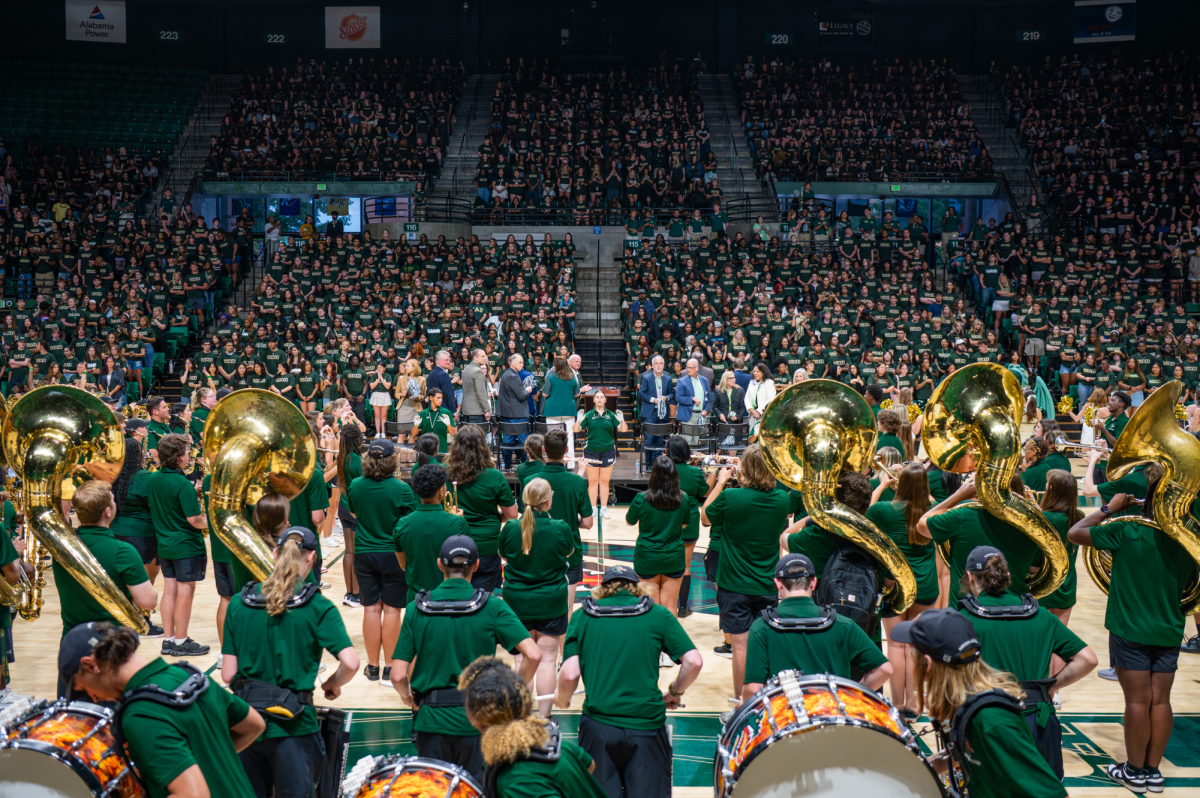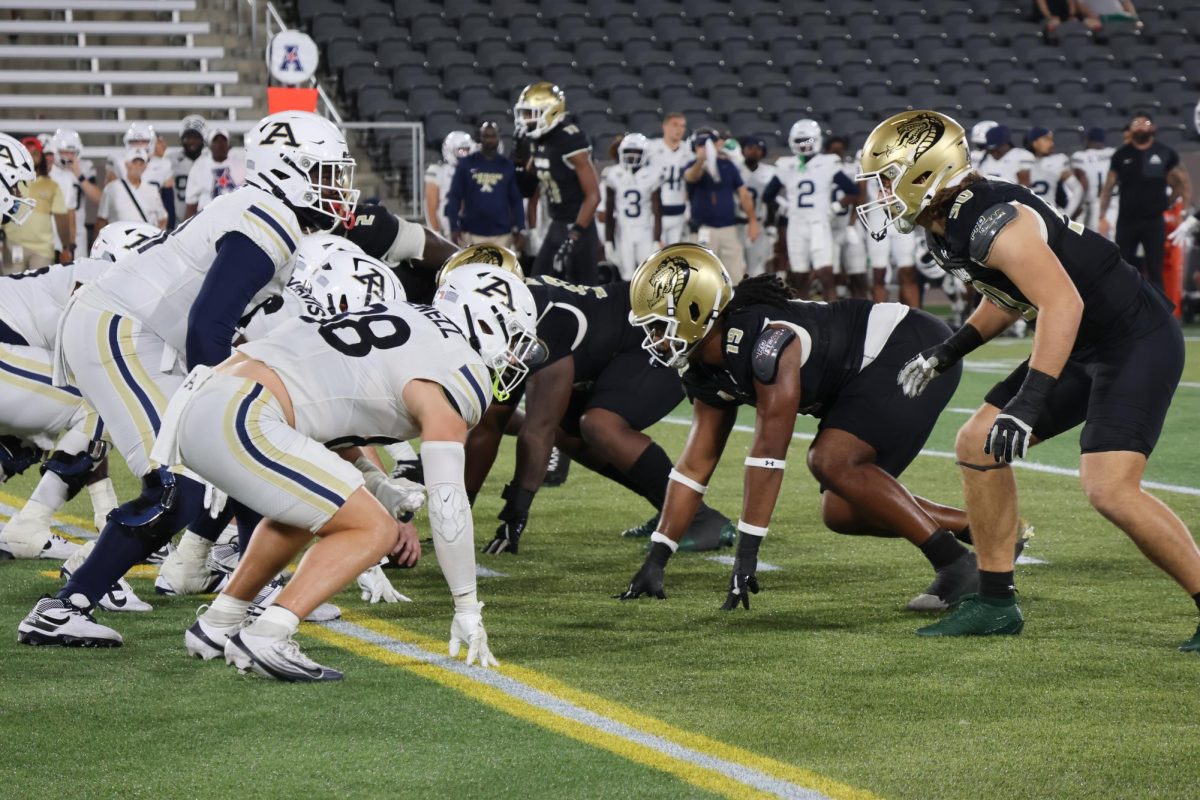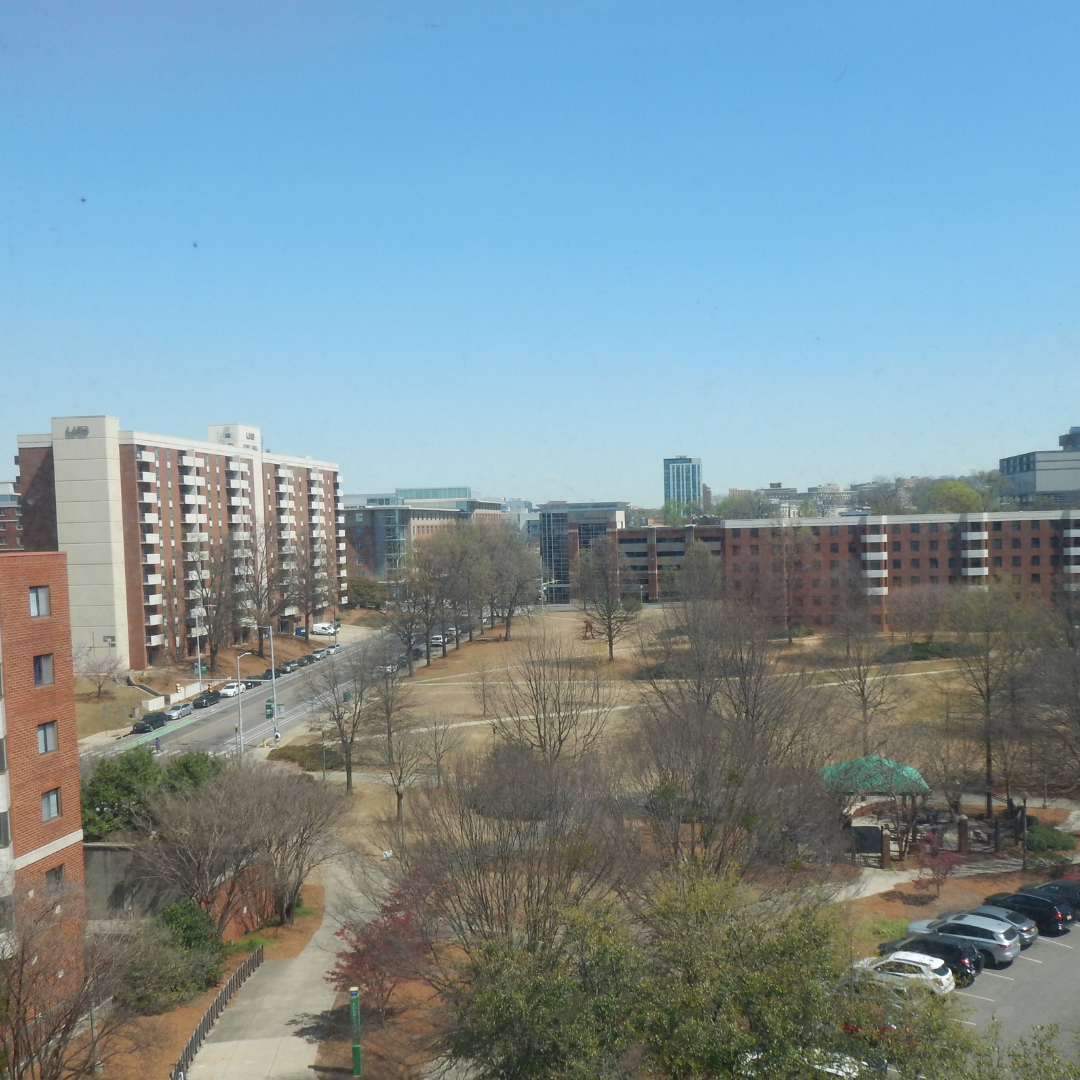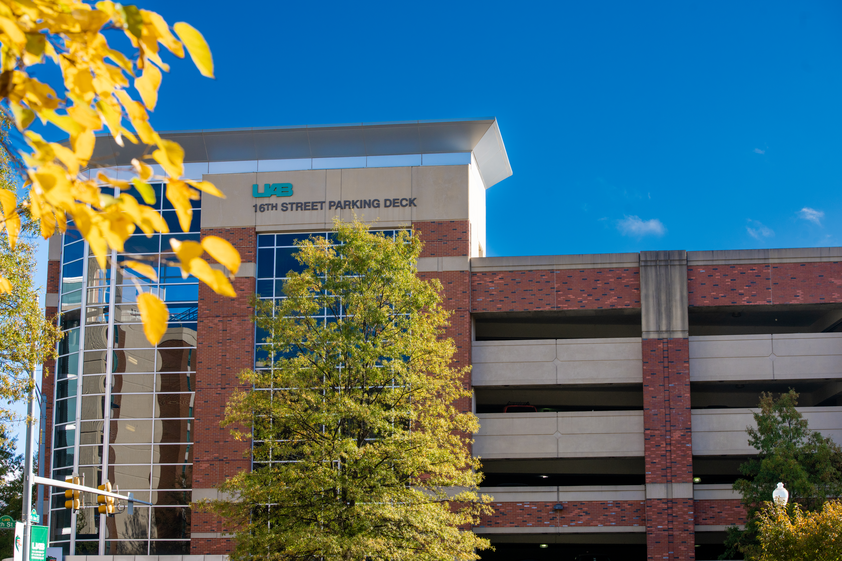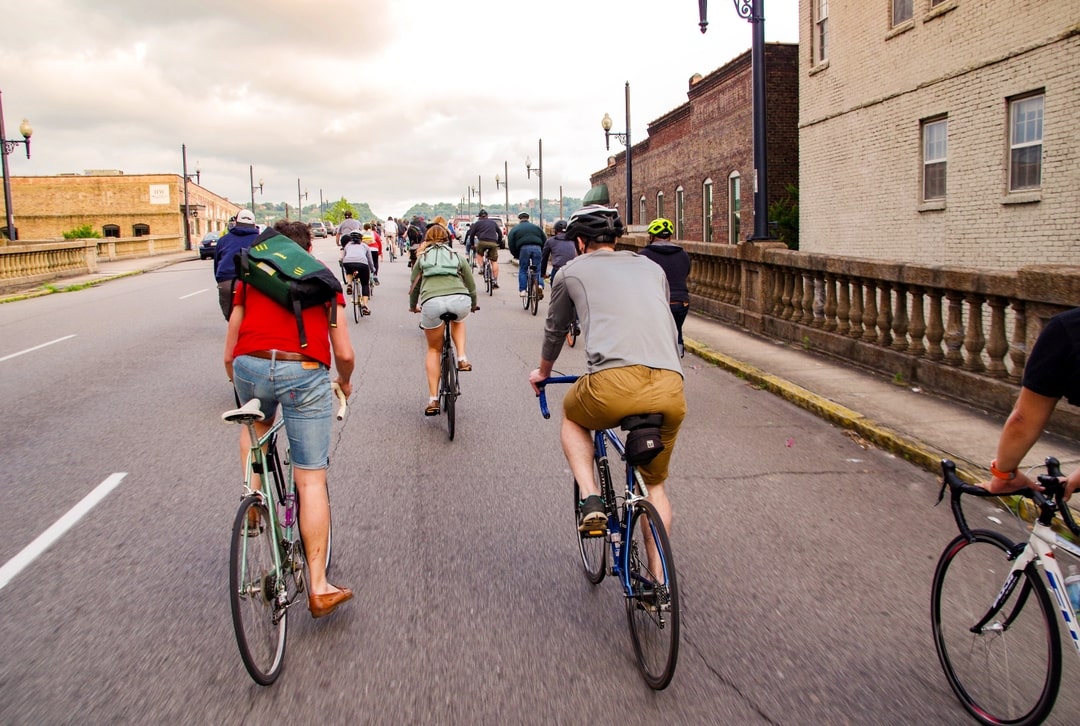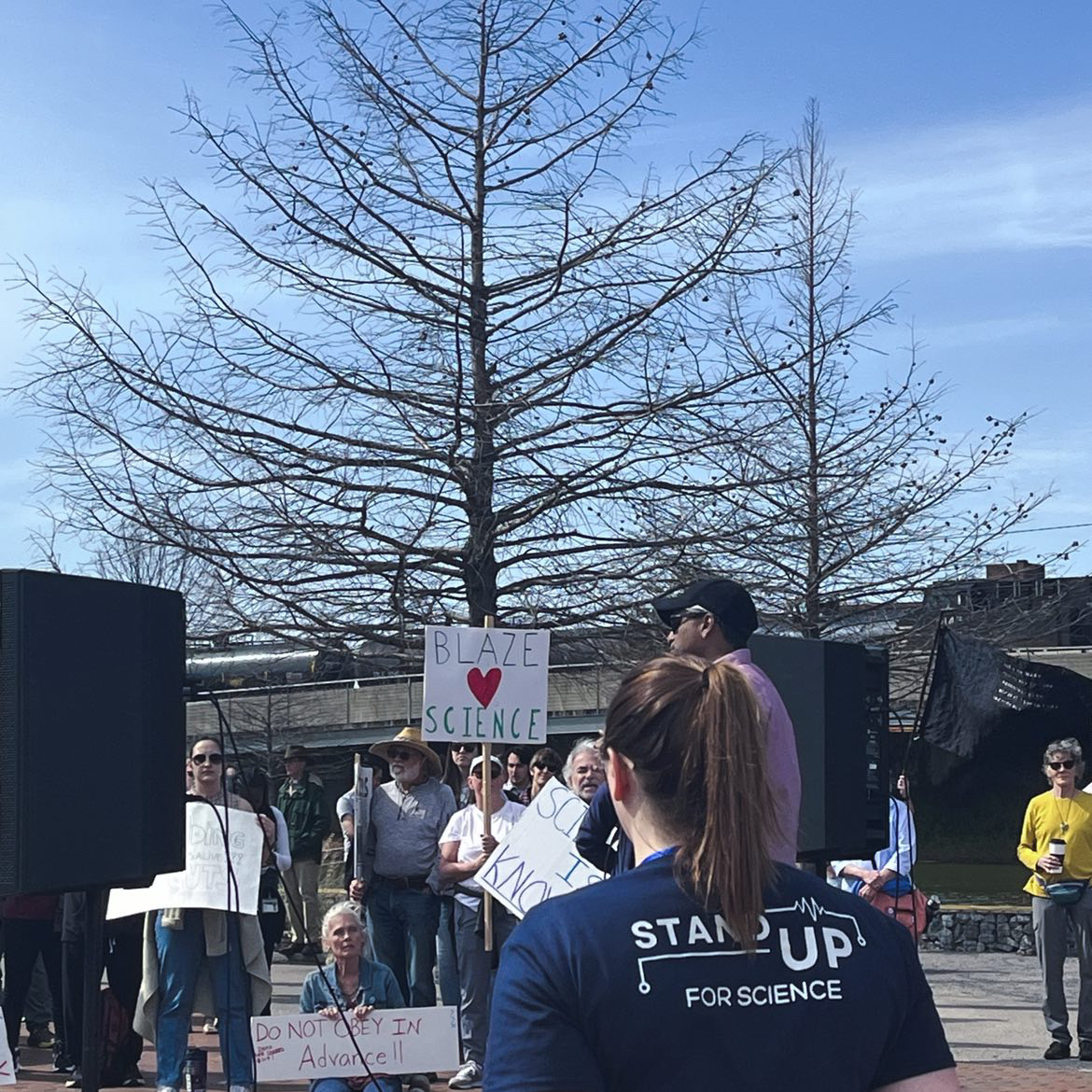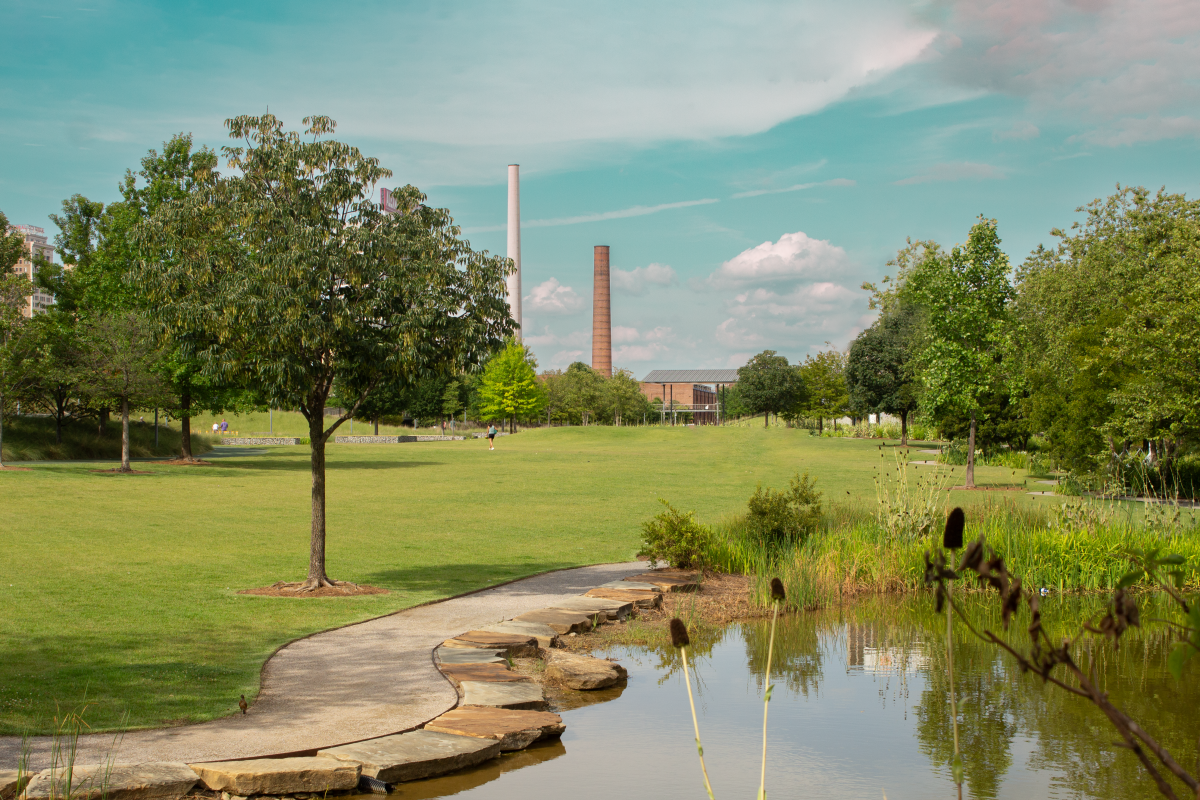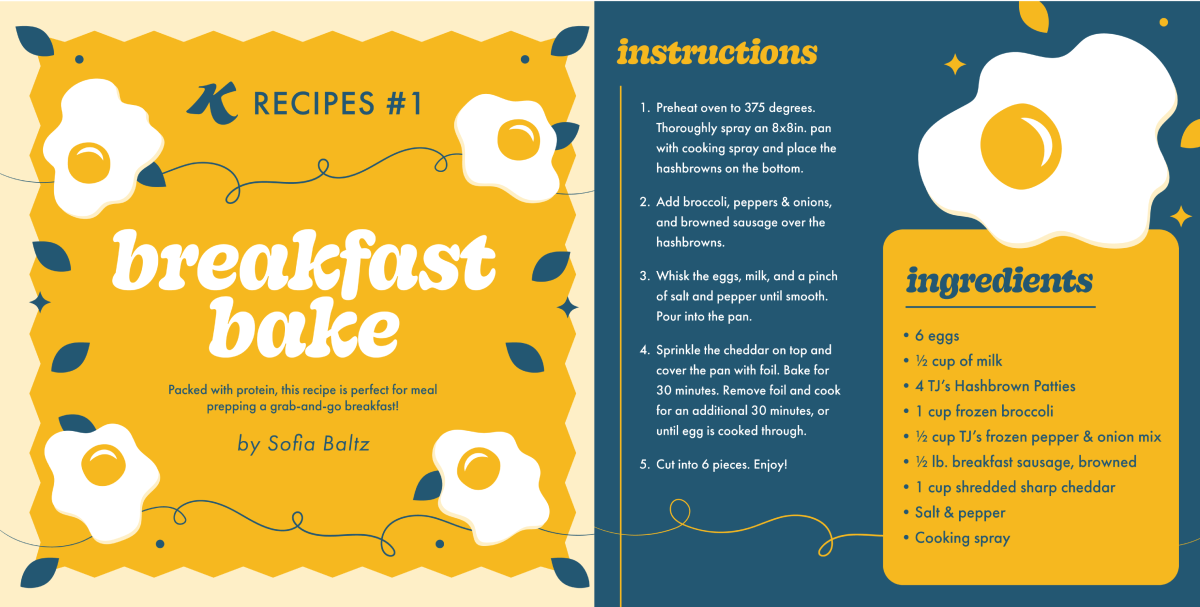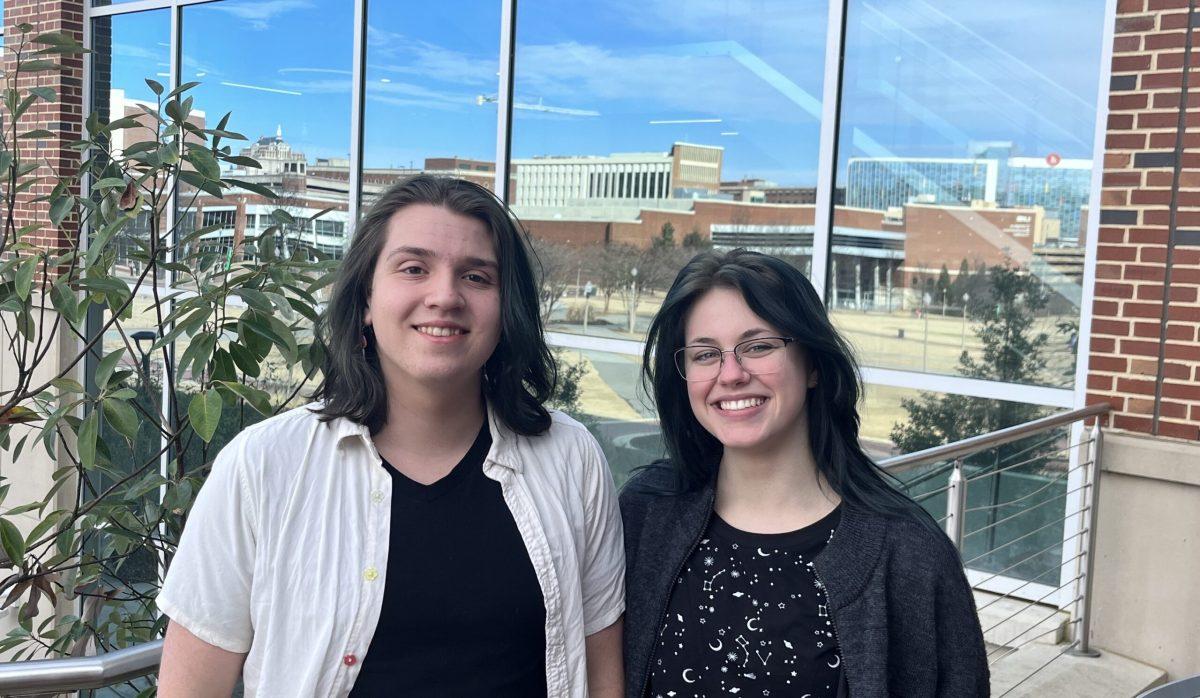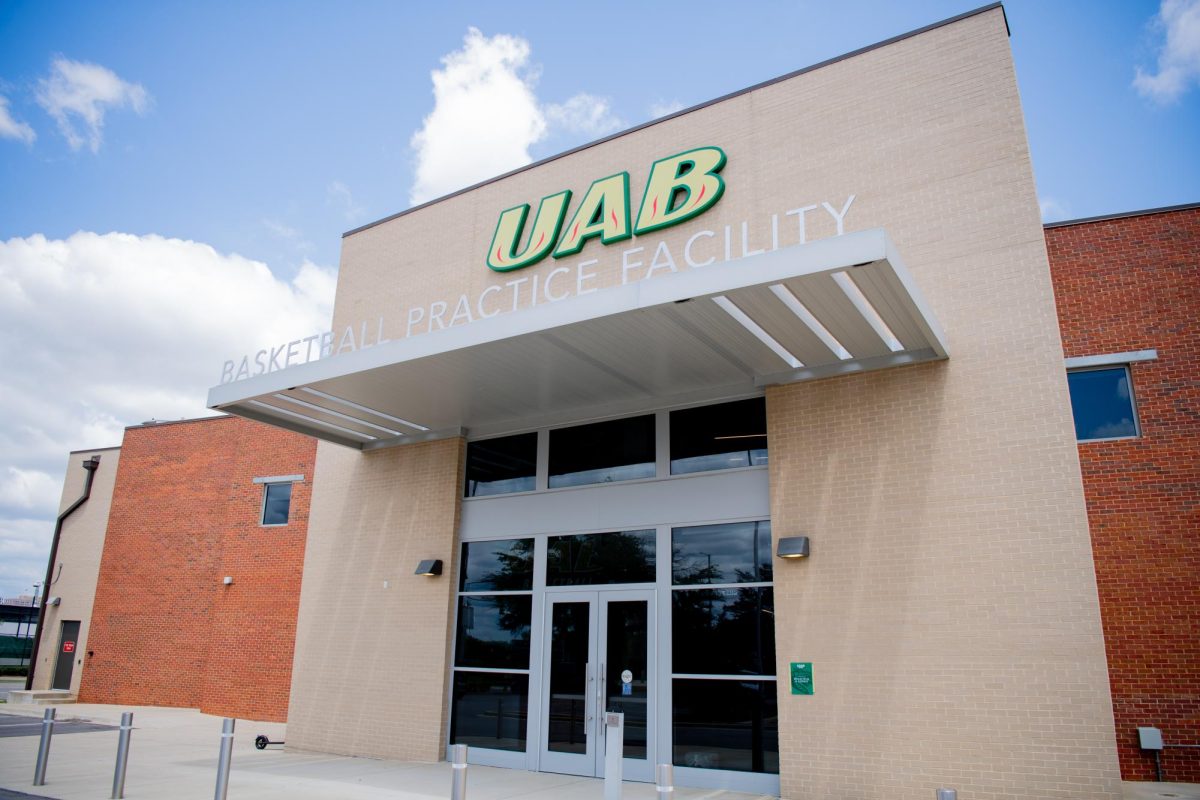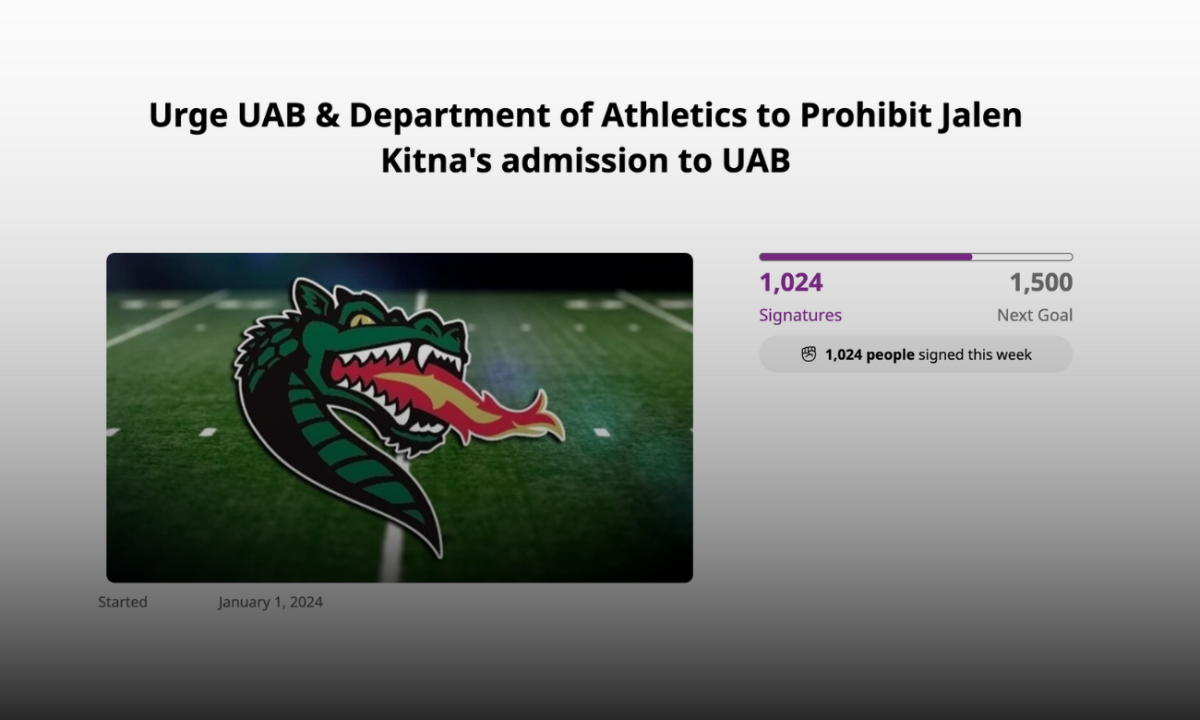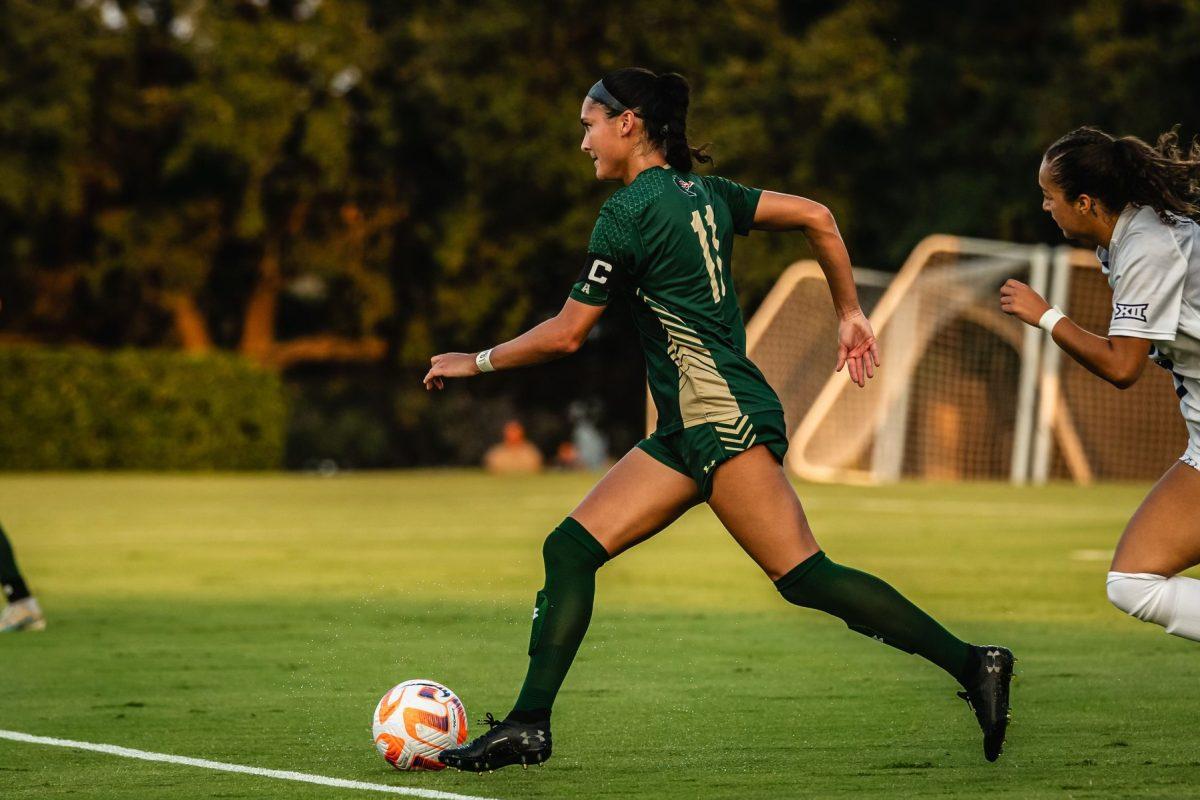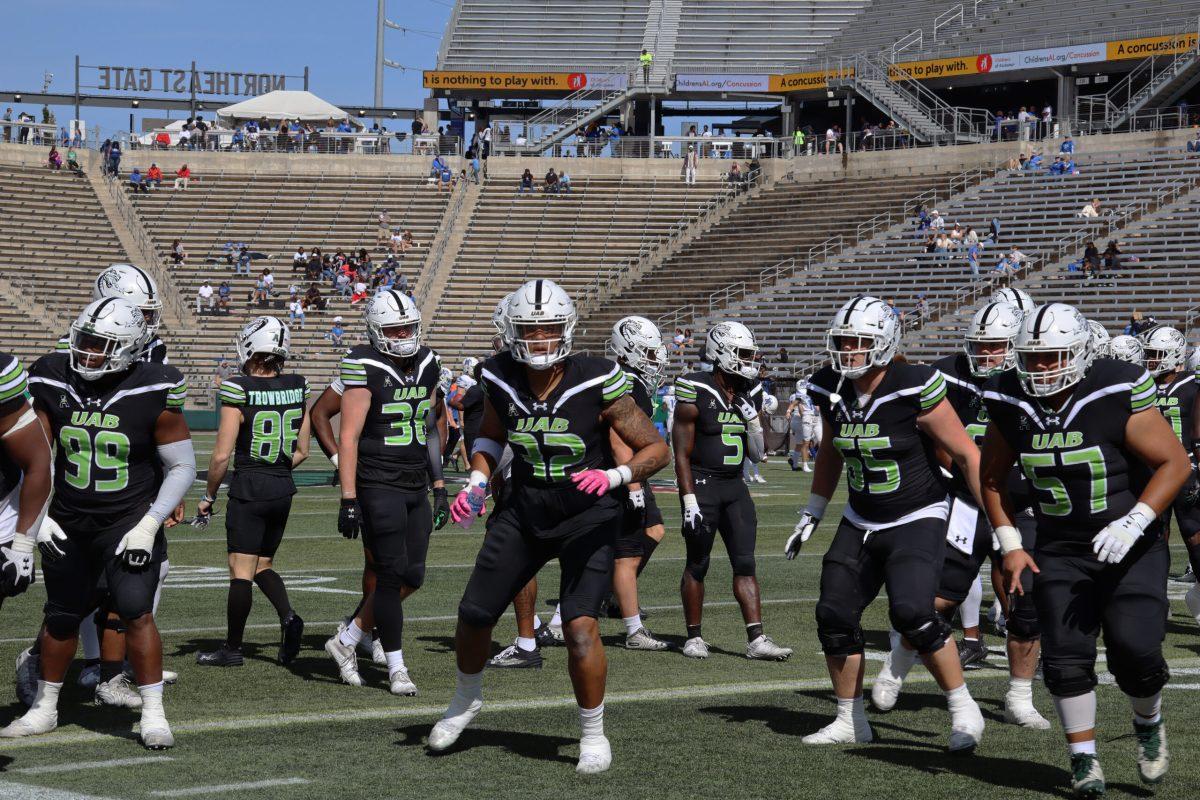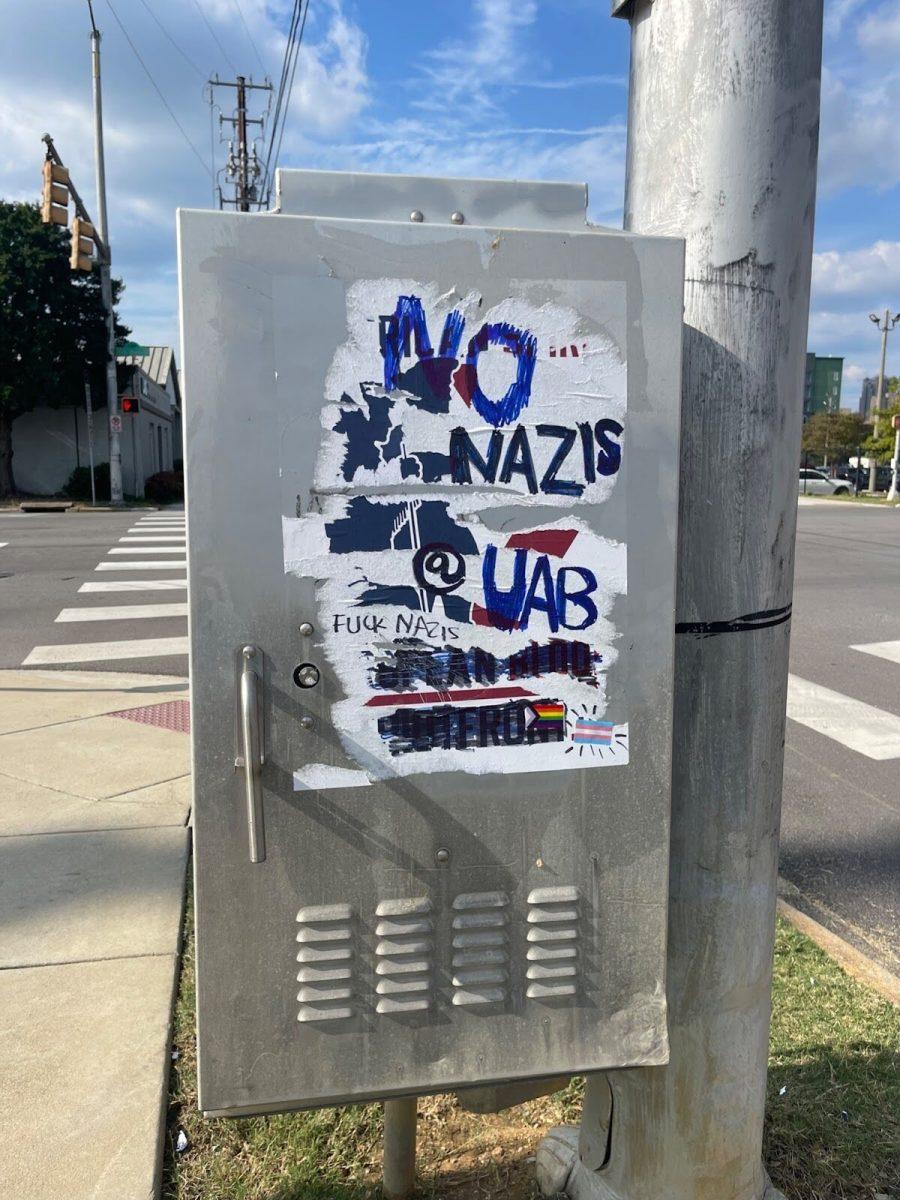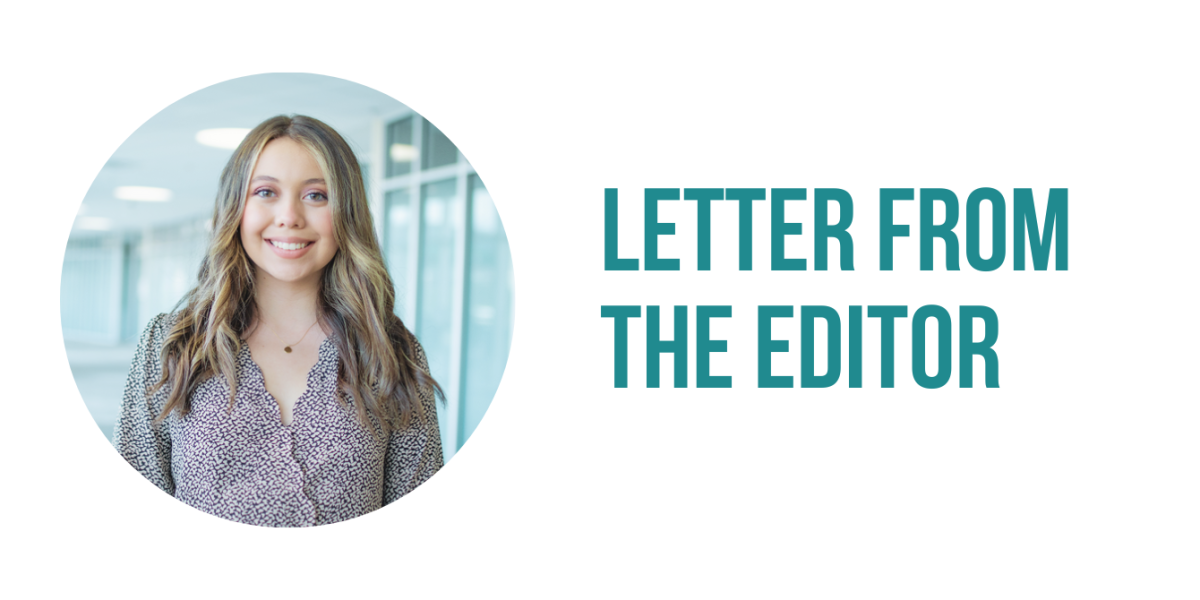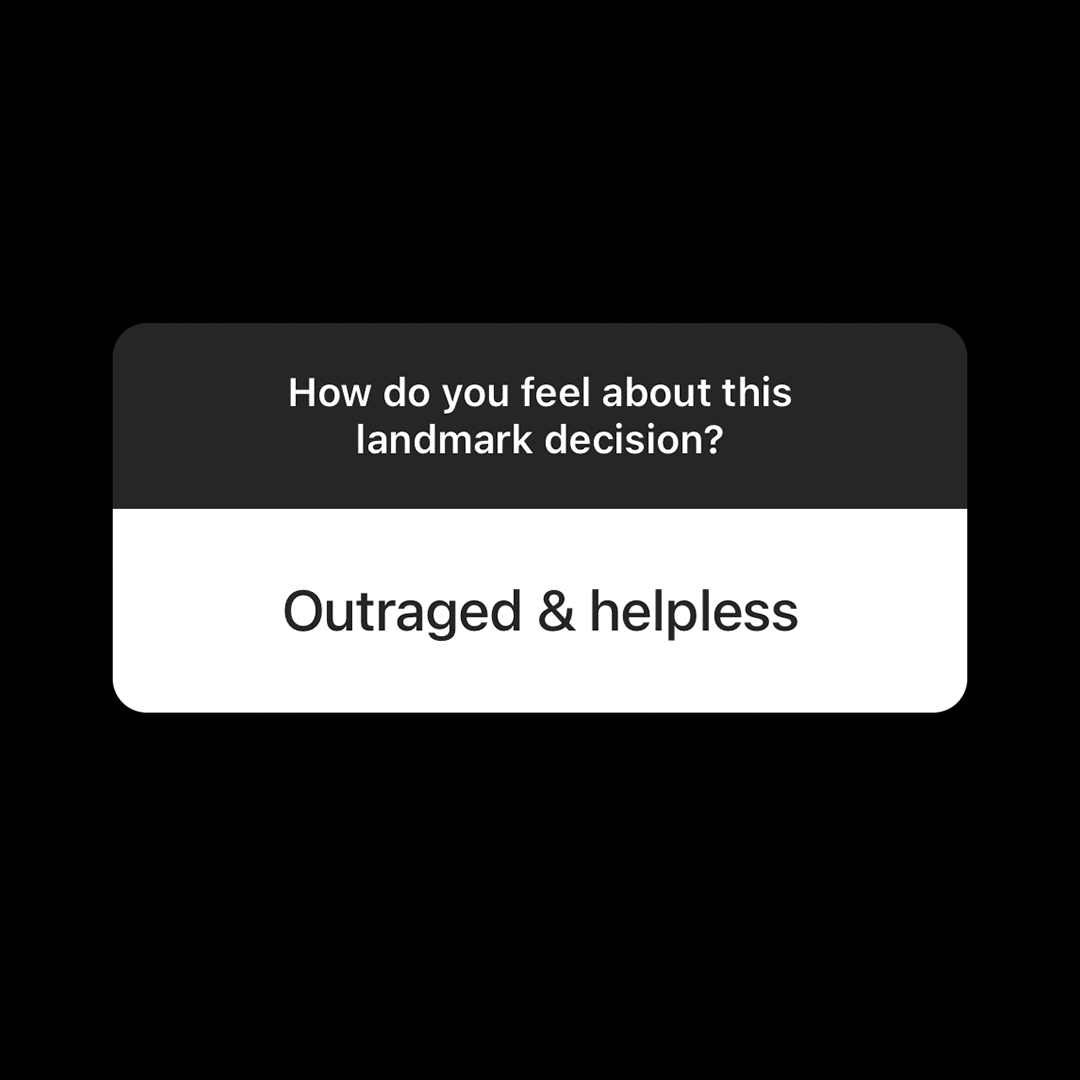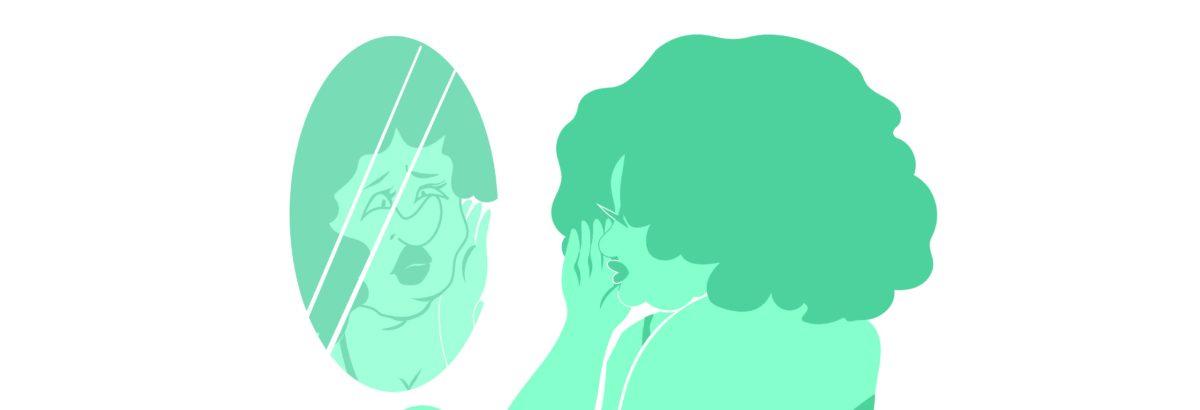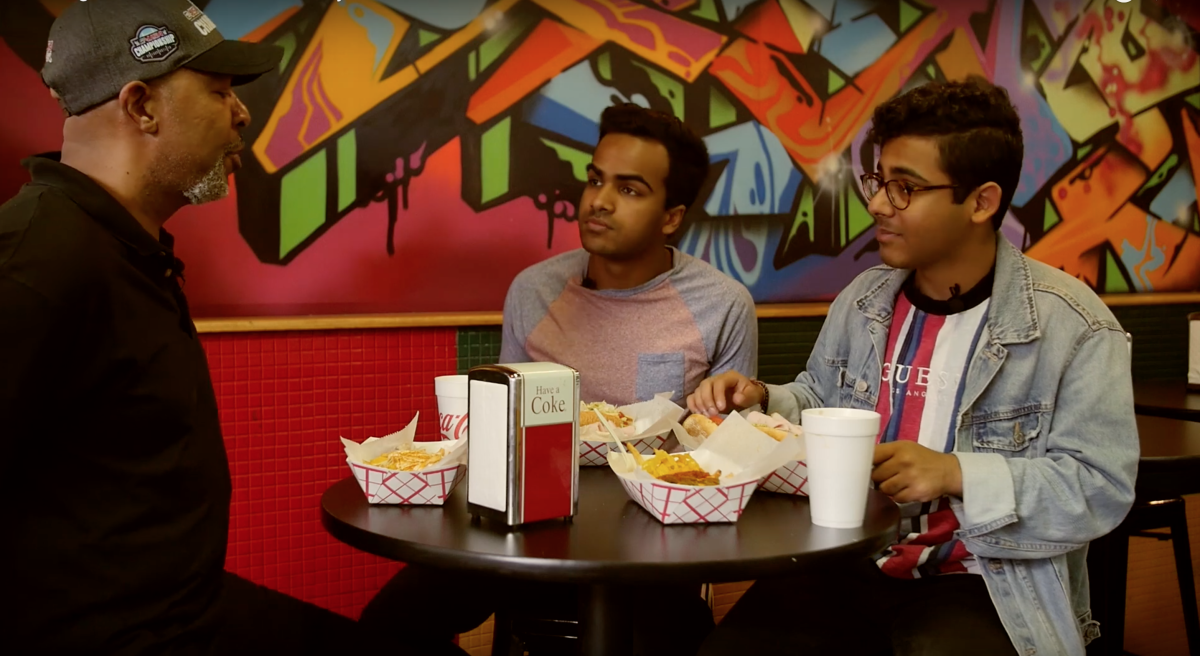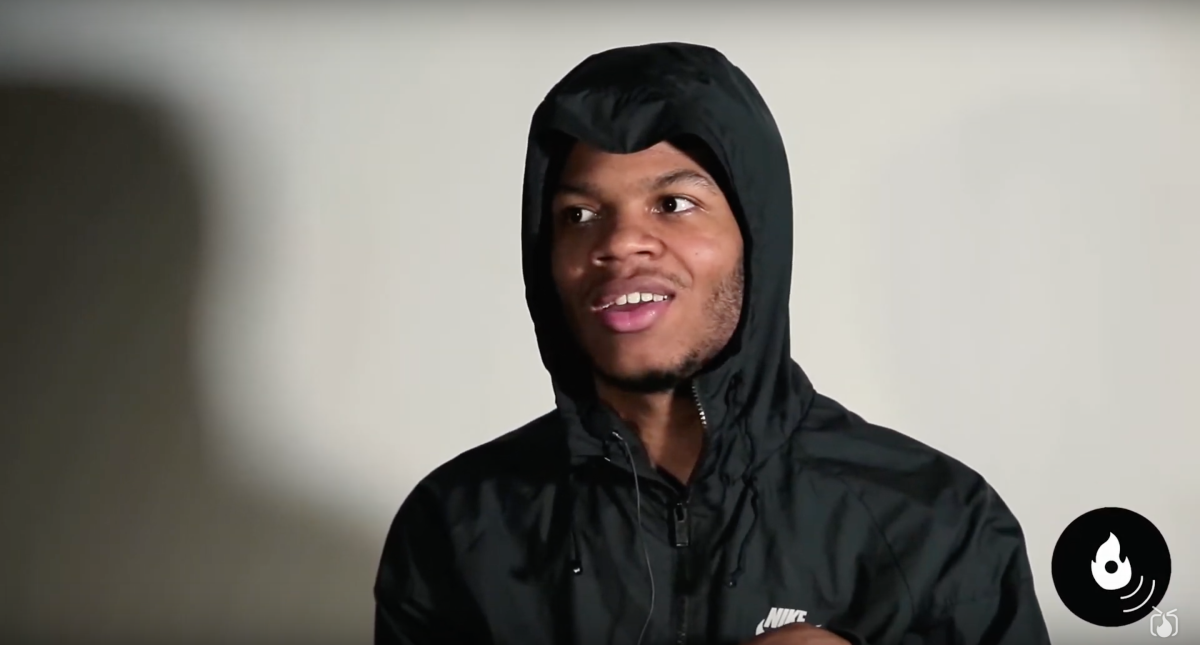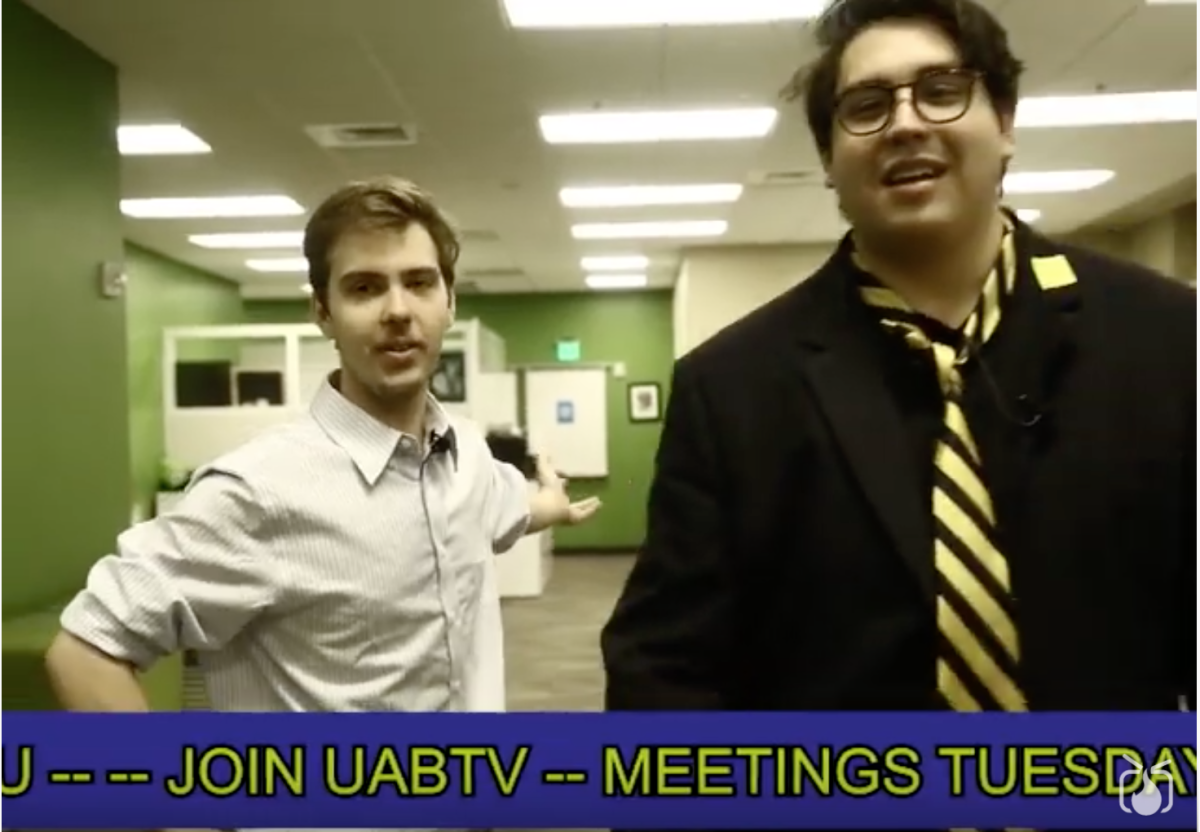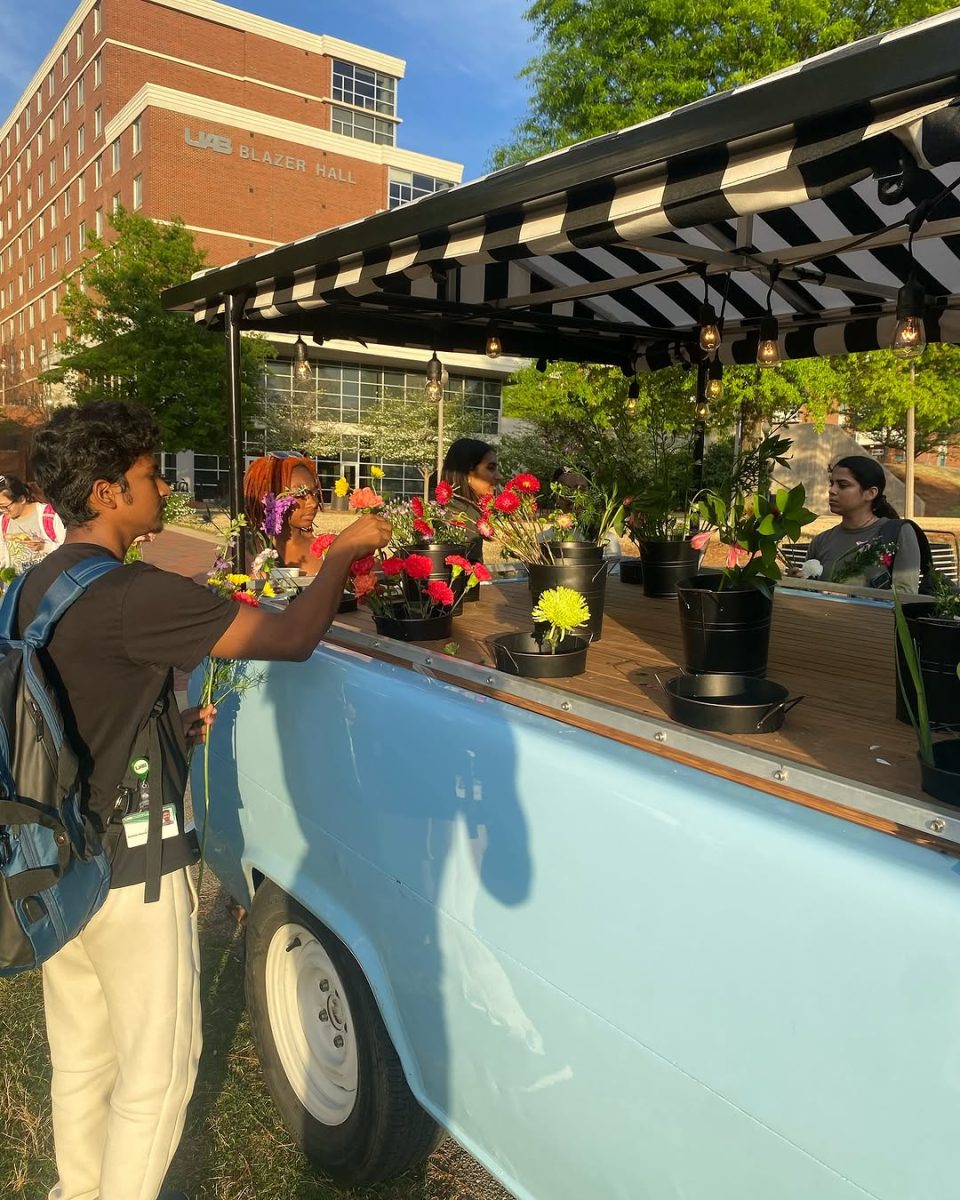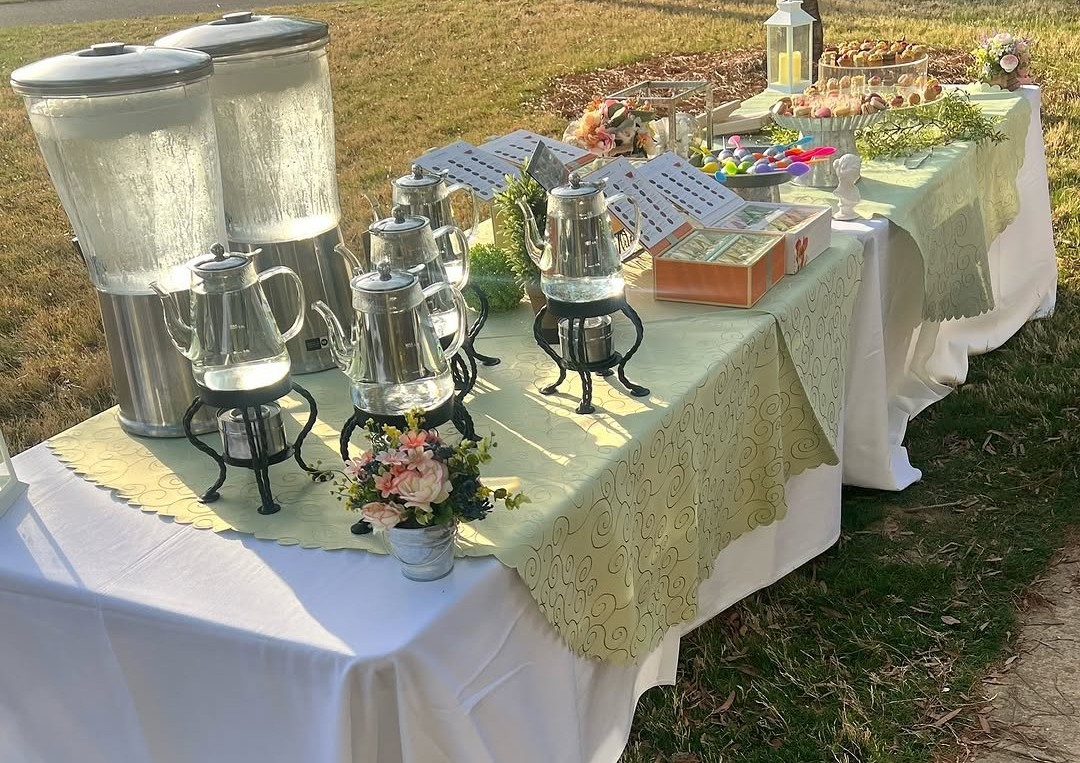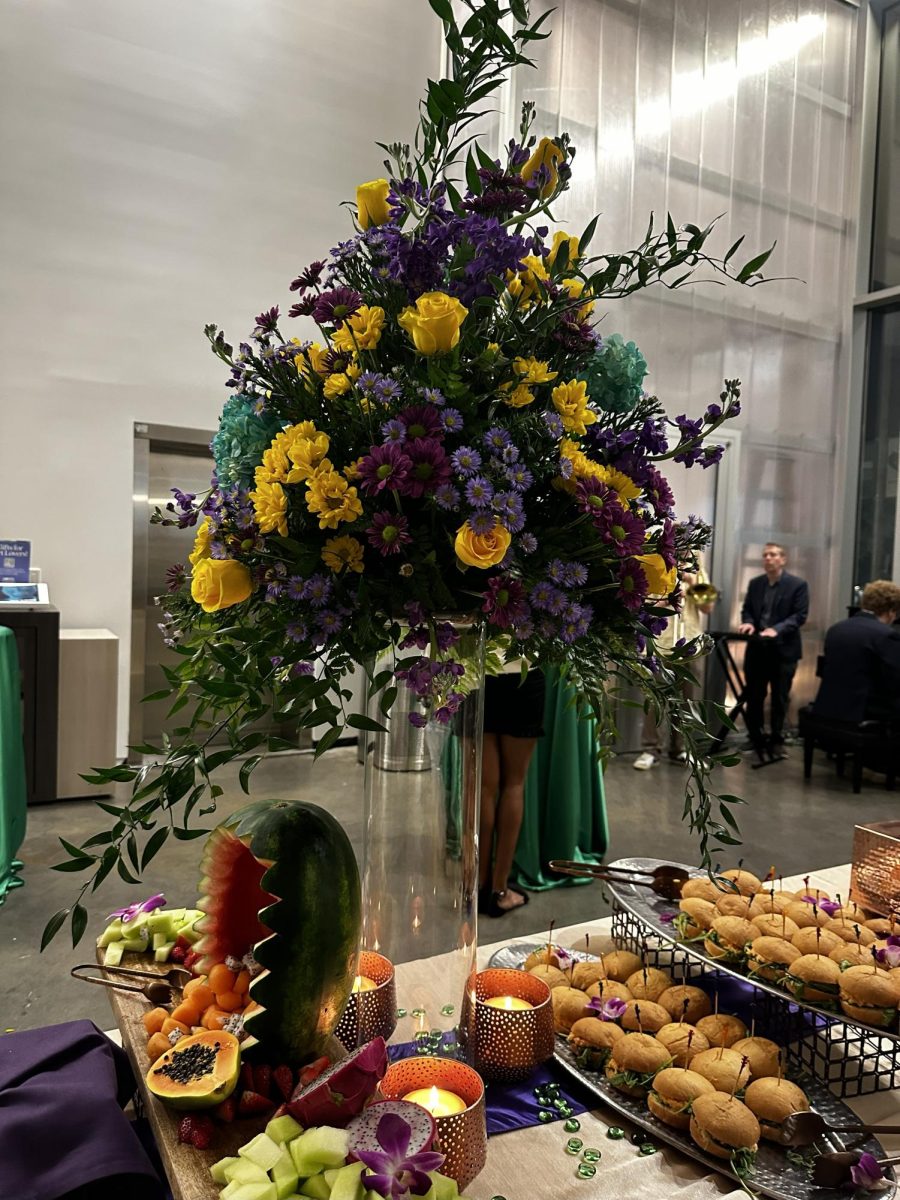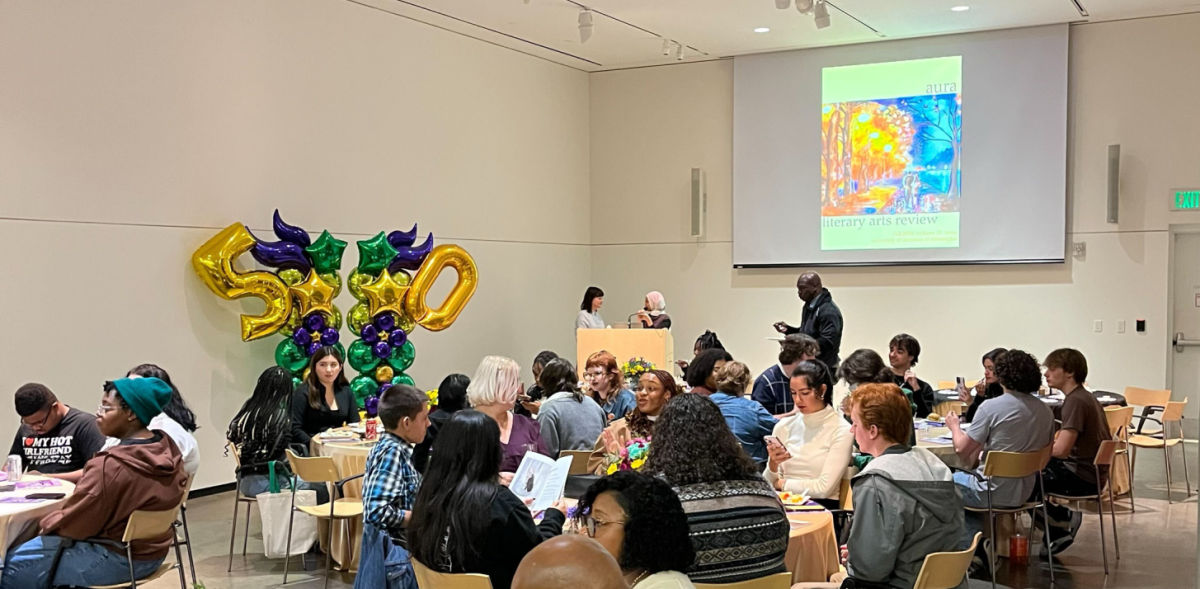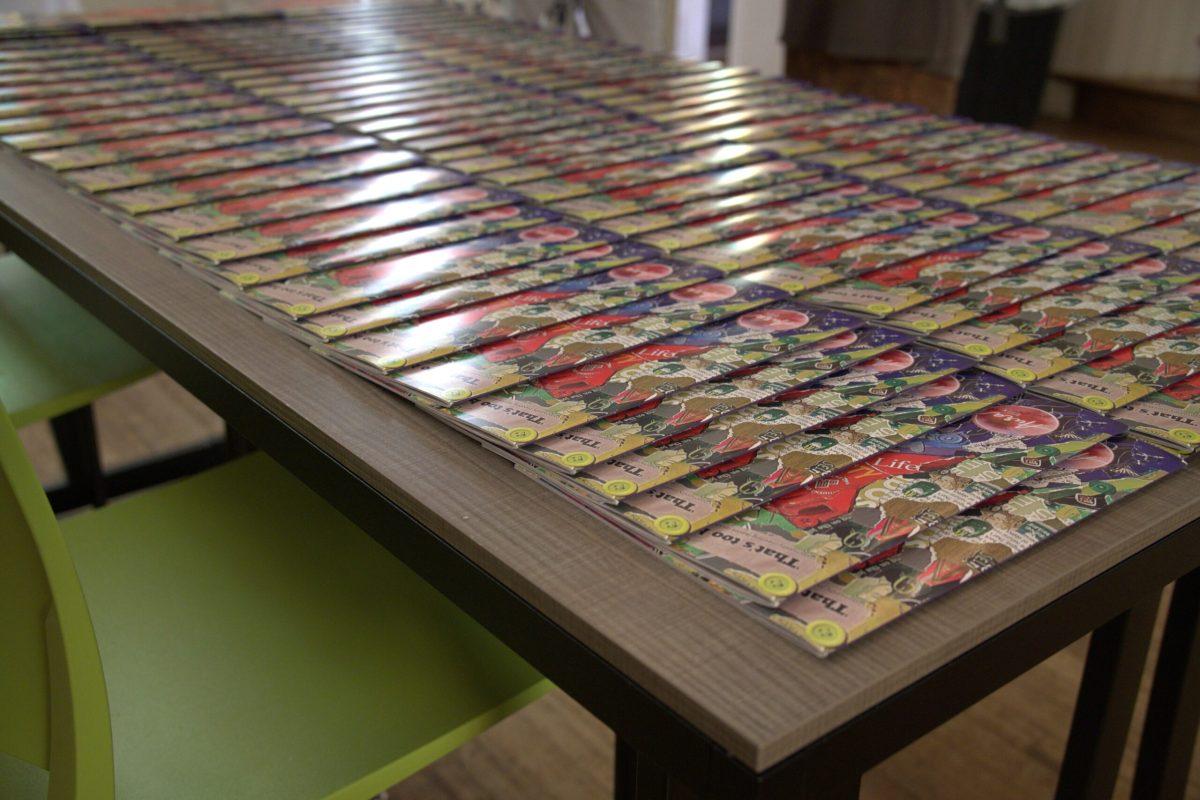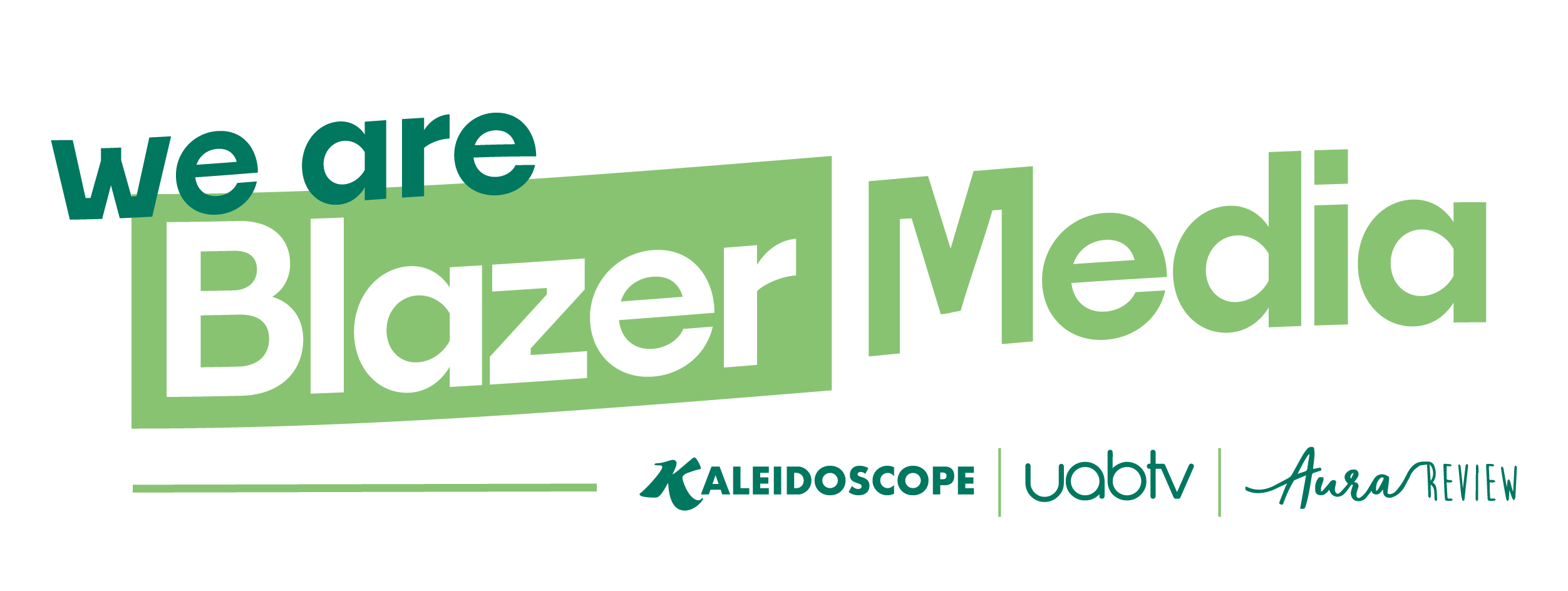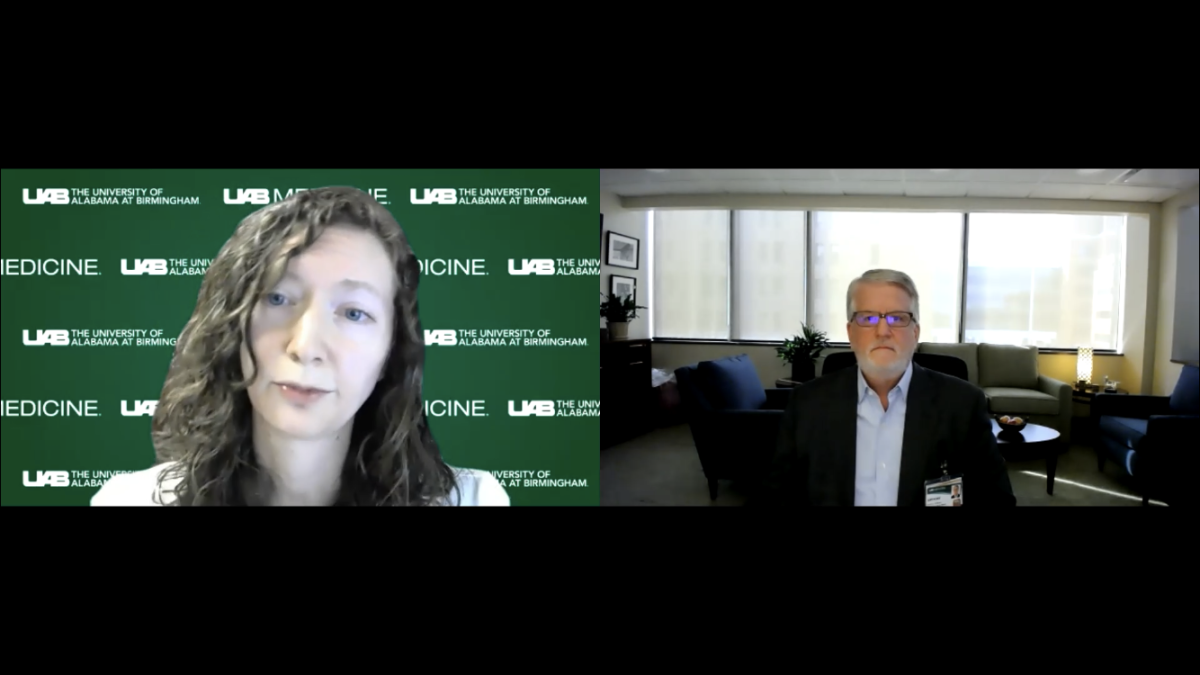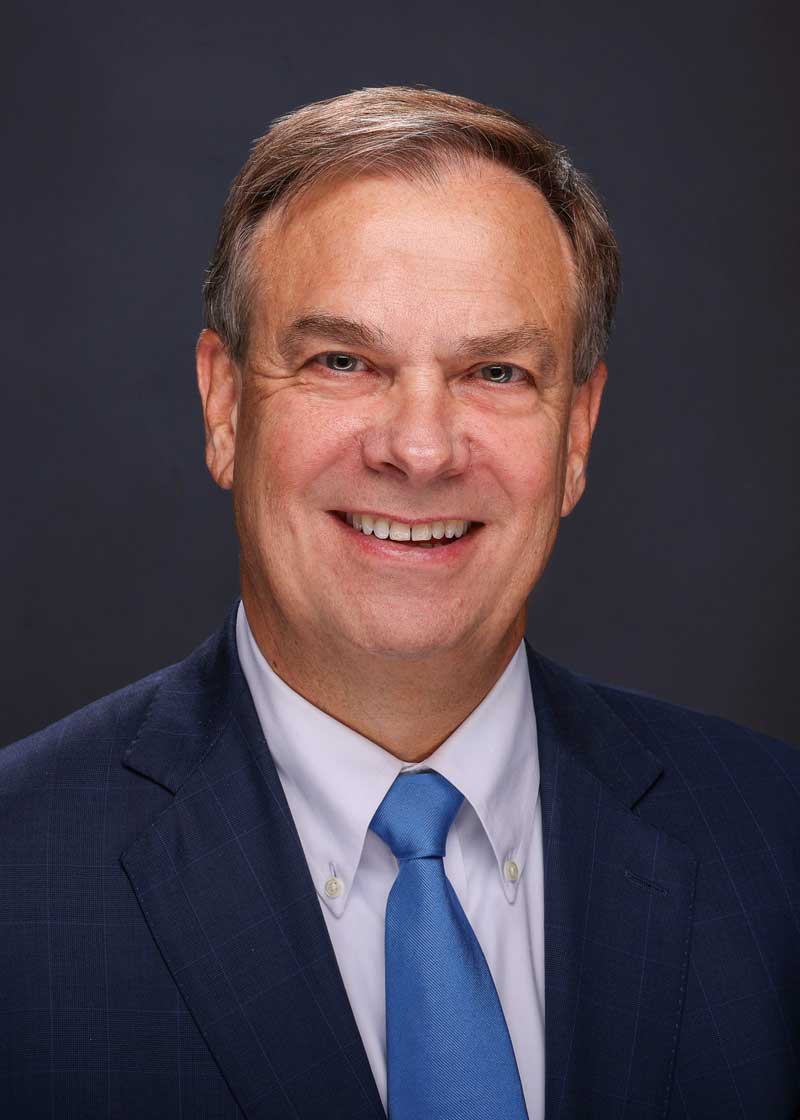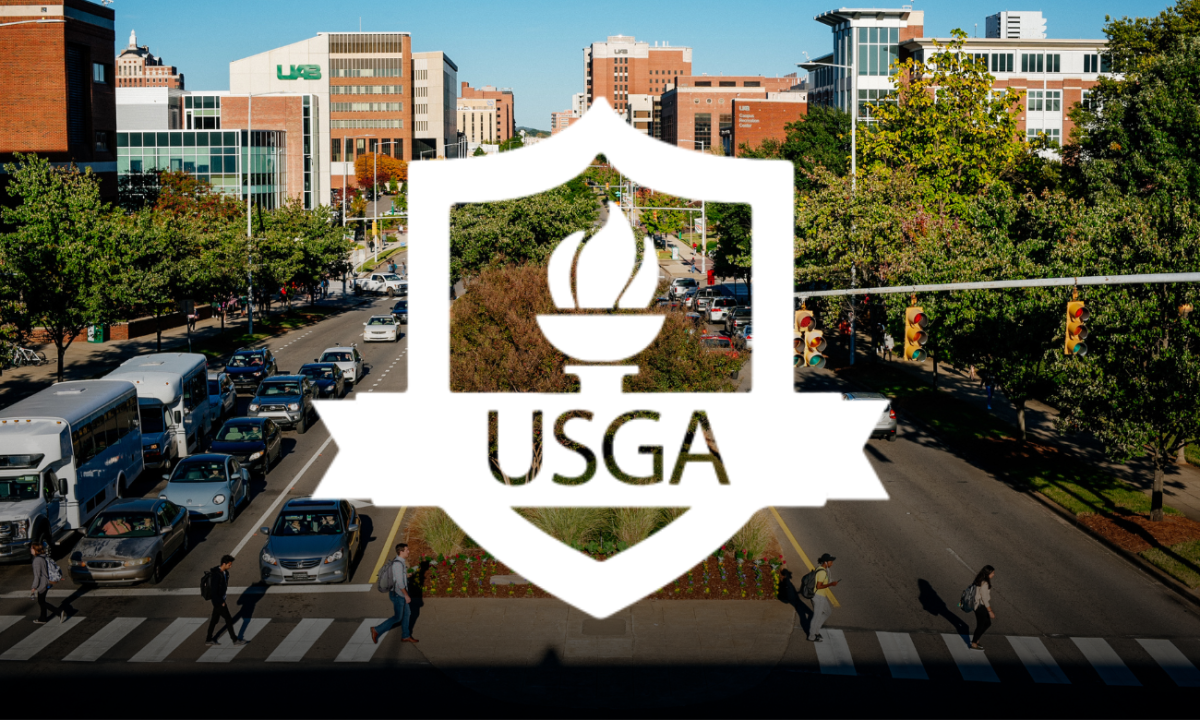As COVID-19 hospitalizations continue to rise across the state, UAB Hospital is responding to the growing number of patients.
Anthony Patterson, UAB Hospital CEO, said staff is taking advantage of empty space in order to serve patients.
“We have been managing this very tightly for several weeks now,” Patterson said. “So the things that we do (to) continue to serve the community, is we convert spaces within the hospital that were not originally intended for patients to be in overnight.”
Patterson said this means using temporary recovery rooms for overnight stays.
The influx of patients also results in elective procedures and patient transfers being delayed.
“We have to be very cautious and assess if we can accept a transfer, and we do that even in normal times, but during the pandemic we are stretched to the point where it does certainly slow down,” Patterson said. “Some cases may require us to wait a day or two before we can actually accept a transfer of a patient that needs to come to UAB.”
Noninfectious patients that are still recovering from the virus are considered “COVID Convalesced,” and are separated from infectious patients.
“For the most part, COVID positive patients are placed on a unit that is then dedicated to COVID care,” Patterson said. “So understanding that they’re infectious and placing them in the right venue is really important in protecting staff and other patients and our faculty.”
Dr. Rachael Lee, UAB Hospital Epidemiologist and assistant professor in the Division of Infectious Diseases, said the growing number of patients is likely due to holiday gatherings.
“This concerns me because we’re already at a really high number of hospitalizations and we’re going into requiring more people to be on the ventilator and to receive medications and be in our cohorted units,” Lee said.
Lee said it has been hard seeing patients fight for their lives on the ventilator.
“This is the most heartbreaking thing for us because we are doing everything we can to get them home and to their loved ones and it’s incredibly difficult,” Lee said.
As vaccines are distributed, Lee said any doubts about the vaccine’s safety is simply not true.
“Vaccine hesitancy is really strong with the vaccine and it’s because of the myth that the data and the research behind these vaccines was rushed and not safe,” Lee said. “That is completely incorrect.”
Lee said the vaccine was created quickly due to individuals eager to participate in vaccine studies and the hard work of researchers.
Experts are still encouraging the public to wear masks and social distance, despite the excitement around vaccines.

